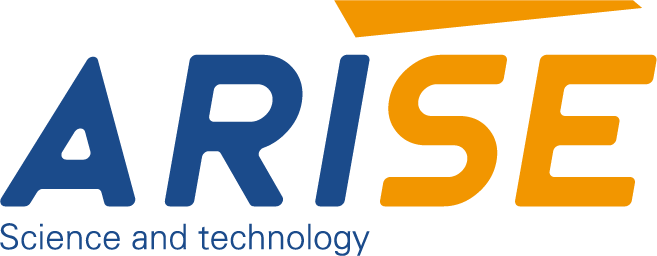How to Address the Challenges of Tension Control for Variable Web Widths
Table of Contents
Tension control ensures product quality, minimizes material waste, and maintains efficient production. However, tension control becomes particularly challenging when working with variable web widths. This article explores the challenges associated with tension control for variable web widths and the innovative solutions addressing these challenges.
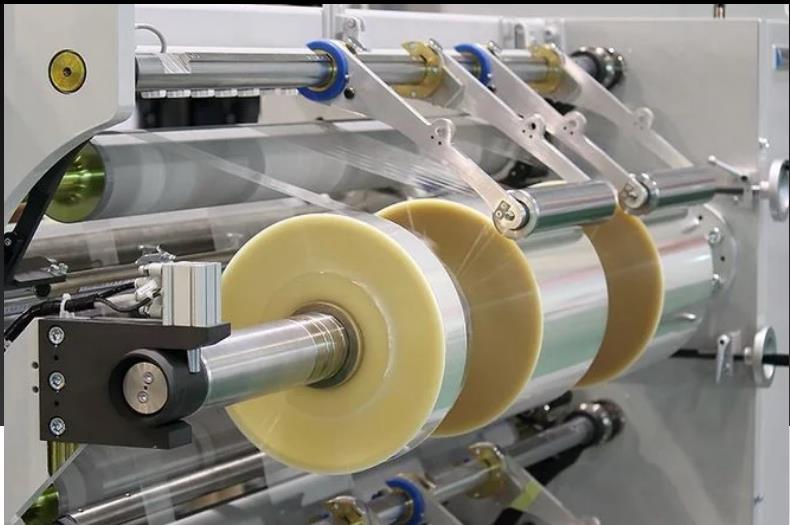
Why Tension Control for Variable Web Widths is Critical
Tension control for variable web widths is critical because it directly impacts the quality, efficiency, and productivity of processes in industries that handle flexible materials, such as printing, packaging, textiles, and converting.
- Consistent Product Quality: Variable web widths require precise tension control to ensure uniform stretching and handling of the material. Without proper tension management, the material can become distorted, leading to defects such as wrinkles, misalignment, or uneven printing.
- Prevention of Web Breakage: If the tension is too high, it can cause the web to tear, especially at wider sections. Conversely, insufficient tension can cause slack, leading to poor handling and uneven processing. Correct tension control minimizes the risk of web breakage, ensuring smooth operation.
- Optimized Machine Performance: Machines processing materials of varying widths need to adapt their tension to match the width for optimal performance. Variable web widths create challenges in adjusting the tension accordingly, which can affect the speed, accuracy, and efficiency of the process.
- Minimizing Waste: Inaccurate tension control on variable widths can cause material wastage due to misalignment, faulty cuts, or poor-quality products. Proper tension control reduces scrap and waste, thus improving the cost-effectiveness of the operation.
- Maintaining Machine Calibration: Maintaining tension consistency ensures that the machinery is properly calibrated for the material being processed. When web widths change, adjusting tension helps to maintain the machine’s optimal settings, preventing unnecessary wear and tear.
- Enhanced Process Efficiency: Effective tension control systems allow for higher speeds and smoother transitions when changing web widths, improving overall productivity. Automation in tension control also helps minimize manual interventions and errors.
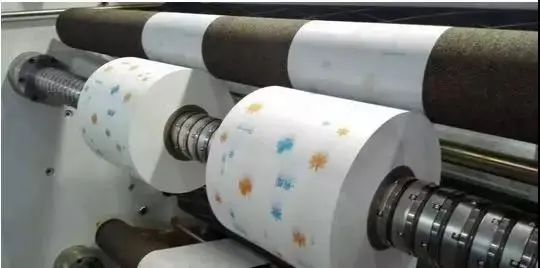
Challenges in Tension Control for Variable Web Widths
This chart outlines how each challenge impacts production quality and efficiency, emphasizing the importance of effective tension control solutions.
| Challenge | Description | Impact |
| Load Variability | Changes in web width lead to fluctuations in required tension. | Can cause slack, overstretching, or tearing. |
| Material Diversity | Different materials exhibit varying elasticities, thicknesses, and properties. | Inconsistent tension and potential damage. |
| Machine Configuration | Machines may lack flexibility to handle varying widths without manual changes. | Increased downtime and inefficiencies. |
| Edge Alignment Issues | Variable widths can result in misalignment during processing. | Wrinkling, tearing, and poor product quality. |
| Roller and Drive Systems | Adjustments in roller torque or speed may not match width variations precisely. | Uneven tension distribution and defects. |
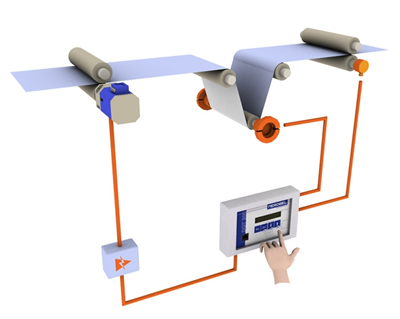
Innovative Solutions to Address the Challenges of Tension Control for Variable Web Widths
1. Adaptive Tension Control Systems
Advanced tension control systems incorporate sensors and feedback loops that enable real-time adjustments to accommodate changes in web width. These systems monitor parameters like tension, speed, and material properties, and automatically fine-tune the drive torque or braking force.
Benefits:
- Real-time adjustments minimize material waste.
- Consistent tension across variable widths improves product quality.
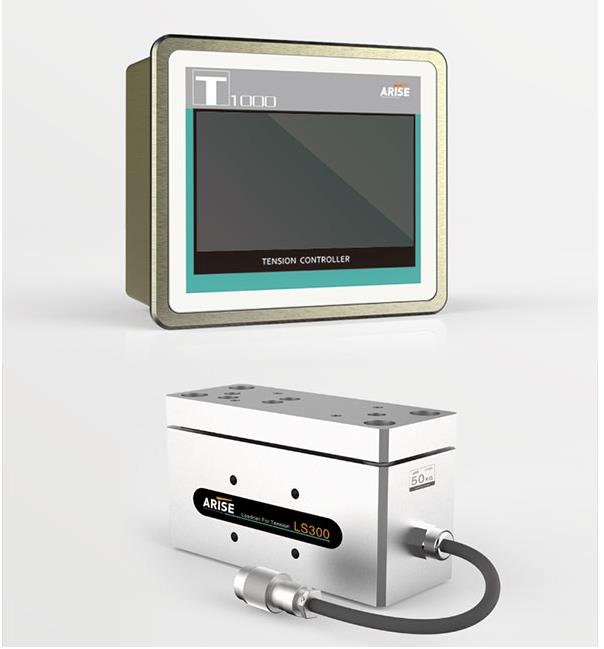
2. Multi-Zone Tension Control
For wide or multi-layered webs, dividing the tension into separate zones ensures uniform control. Each zone operates independently, allowing precise tension adjustments for different sections of the web.
Applications:
- Multi-layer laminations.
- Printing processes where edge and center tensions differ.
3. Load Cells with High Sensitivity
Load cells placed at strategic points in the web path measure tension accurately, even for narrow or lightweight materials. Advanced load cells can handle rapid fluctuations caused by width variations and adjust the system accordingly.
Advantages:
- Enhanced precision for delicate materials.
- Compatibility with high-speed operations.
4. Edge Position Control Systems
Variable web widths often result in misalignment, leading to defects like wrinkling or uneven coating. Web edge guiding systems, using optical or ultrasonic sensors, maintain precise alignment, ensuring smooth web handling despite width changes.
Key Features:
- Automated correction of web position.
- Integration with existing tension control systems.
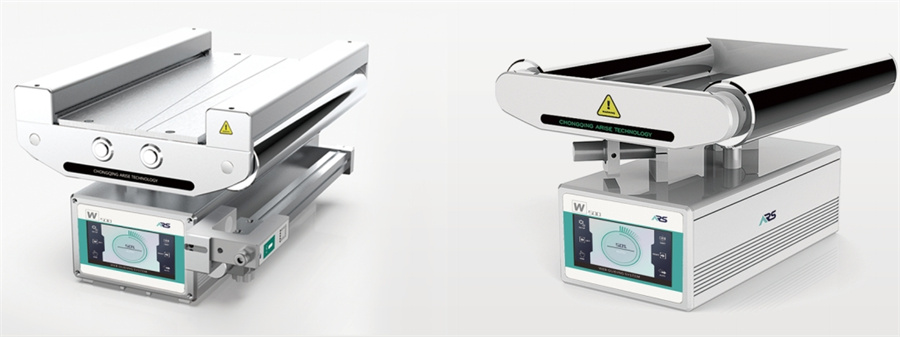
5. Variable Geometry Rollers
Rollers with adjustable diameters or segments provide optimal contact with the web, regardless of its width. These rollers distribute tension uniformly, preventing issues such as edge curling or central sagging.
Industries Benefited:
- Film and foil production.
- Flexible packaging.
6. Automatic Controllers with Predictive Algorithms
Automatic tension controllers equipped with machine learning algorithms can predict tension changes based on historical data and real-time inputs. These systems adjust parameters proactively to prevent disruptions.
Advantages:
- Reduced downtime and manual intervention.
- Improved adaptability to frequent width changes.

7. Modular Tension Control Systems
Modular designs allow quick reconfiguration of machinery to handle varying web widths. These systems are highly flexible and can be adapted to different production requirements without extensive manual adjustments.
Key Benefits:
- Scalability for diverse production runs.
- Faster changeovers reduce downtime.
- Increased flexibility for diverse production demands.
8. Integrated Drive Systems
Integrated drive systems synchronize the tension across multiple sections of the web. By dynamically adjusting motor speeds and torque, they ensure consistent tension for varying widths.
Applications:
- High-speed printing and coating lines.
- Multi-material web handling systems.
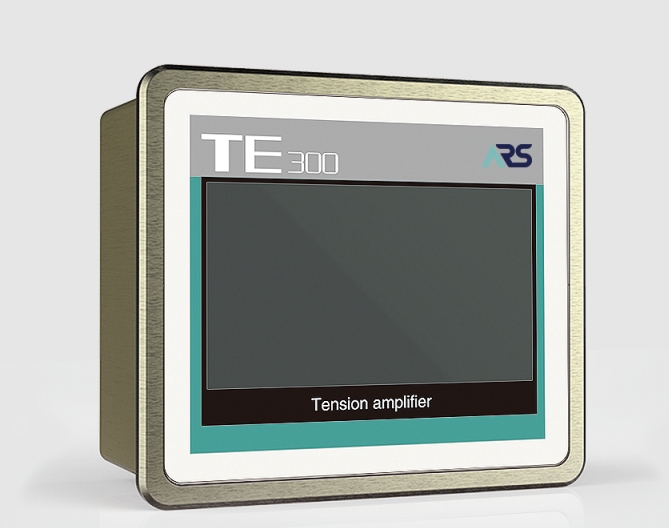
Future Trends in Tension Control for Variable Web Widths
1. IoT-Enabled Systems for Real-Time Monitoring
The integration of IoT (Internet of Things) technologies allows tension control systems to monitor, analyze, and adjust parameters remotely.
Capabilities:
- Continuous real-time tension monitoring.
- Remote diagnostics and parameter adjustment.
- Integration with cloud platforms for data storage and analytics.
Benefits:
- Enhanced transparency across production lines.
- Reduction in downtime due to predictive maintenance.
2. AI and Machine Learning in Predictive Control
AI-driven systems use machine learning algorithms to predict tension variations and proactively adjust settings based on historical and real-time data.
Features:
- Self-learning capabilities improve over time.
- Ability to adapt to material-specific behaviors and frequent width changes.
Impact:
- Minimizes human intervention.
- Reduces defects and waste through predictive adjustments.
3. Advanced Sensing Technologies
Next-generation sensors are becoming more precise, compact, and versatile. These tension sensors can measure multiple parameters such as tension, speed, and alignment simultaneously.
Innovations:
- Non-contact sensors like laser and ultrasonic systems.
- Multi-zone sensing for wide or multi-layered webs.
Advantages:
- Improved tension accuracy for diverse materials.
- Better adaptability to dynamic web widths.
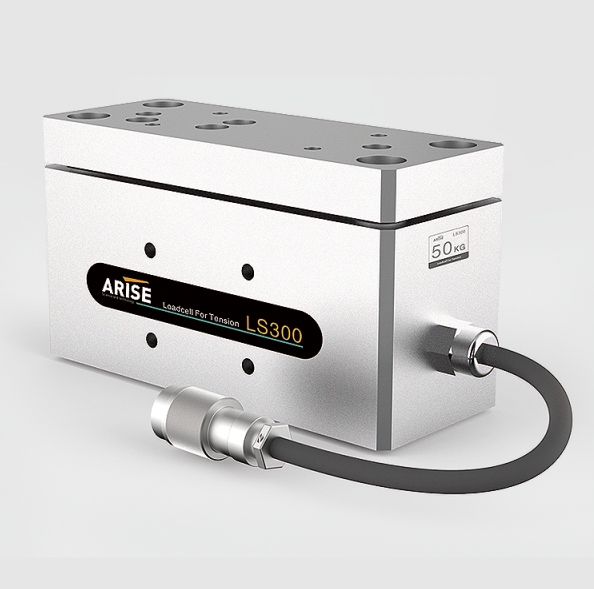
4. Integration with Industry 4.0 Technologies
Industry 4.0 promotes the connectivity of production systems through automation, robotics, and smart technologies.
Capabilities:
- Real-time data sharing between machines and systems.
- Full automation of tension adjustments across the production line.
Outcomes:
- Enhanced operational efficiency.
- Reduced human error and improved process consistency.
5. Eco-Friendly and Energy-Efficient Solutions
Future tension control systems will focus on sustainability by reducing energy consumption and optimizing resource use.
Examples:
- Regenerative braking systems that recover energy.
- Efficient motors and drives with lower energy requirements.
Impact:
- Lower operational costs.
- Reduced environmental footprint.
6. Predictive Maintenance with Digital Twins
Digital twin technology creates a virtual replica of the tension control system to simulate operations and predict maintenance needs.
Advantages:
- Early detection of potential issues.
- Minimized unplanned downtime.
Applications:
- High-speed production environments.
- Complex web handling setups.
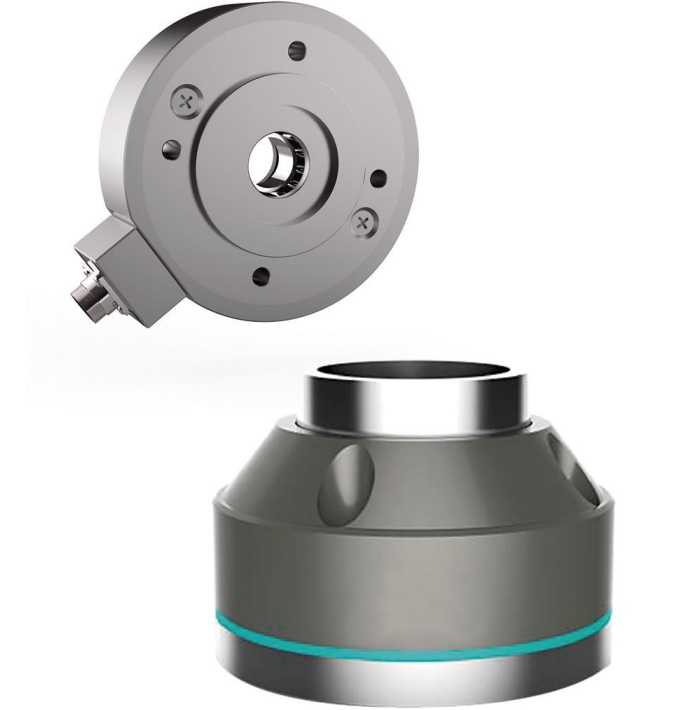
Summary
Tension control for variable web widths is a complex but essential process in modern manufacturing. Through adopting advanced technologies and innovative solutions, industries can overcome the challenges of variable web widths, ensuring high-quality production and improved operational efficiency.
